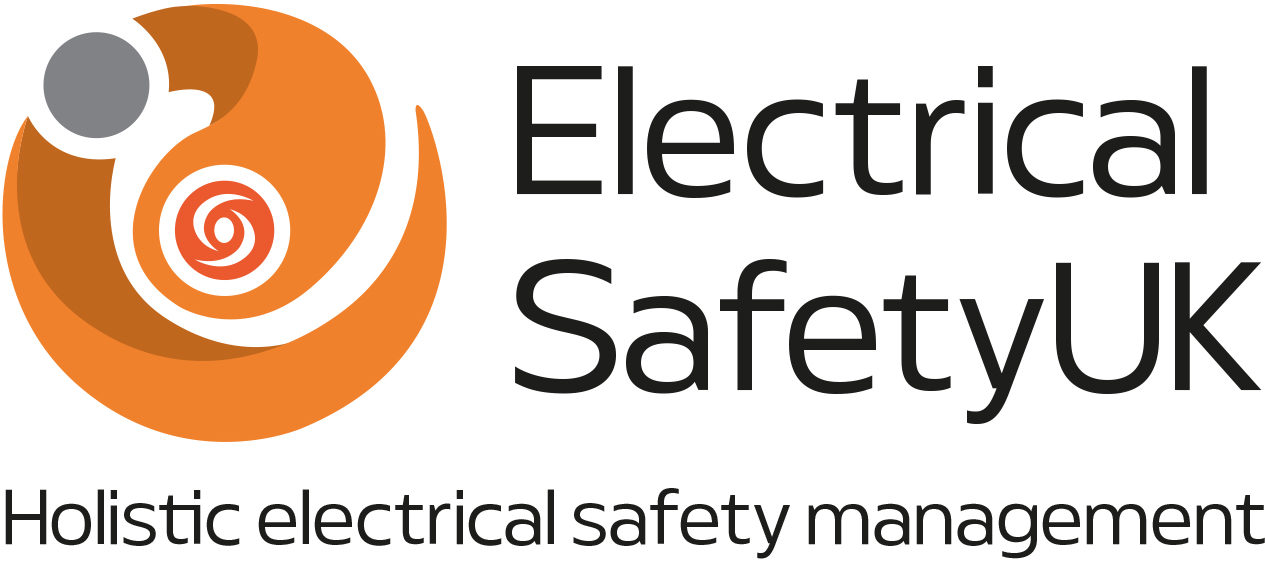Electrical Safety UK has been privileged to work extensively in most sectors, including the health services, and are experts in managing arc flash hazards. The staff and directors have contributed much to thought leadership in arc flash risk management, in writing international standards and conducted studies for significant hospitals. This has included the provision of SLDs, protection coordination, capability, fault levels, and arc flash incident investigation, and we have designed protection settings for a 6.6kV to 11kV power system upgrade to a large inner-city hospital.
Hazard and Risk
When considering the risk of arc flash within hospitals or health services, it may be worth defining what we mean by hazard and risk in this context.
The European definition for the term hazard means anything that has the potential to cause harm. In this case, the hazard of an arc flash to have the potential to cause harm will generally depend on a number of things, such as the amount of current that can flow, the amount of time the arc is sustained, the length of the gaps between the conductive parts, which are bridged by the arc, the confinement around the arc, the chemical compositions of the conductors, the materials around the arc, and the distance of the worker from the arc.
Severity of an Arc flash hazard is derived from the electrical system parameters such as impedance, voltage, protection arrangements, etc.
The Risk is the chance (or likelihood), high or low, that someone might be harmed by the hazard, as expressed above. Arc flash risk is derived from system conditions and the task being performed. The condition of the equipment, the quality of the installation, how well it has been maintained and whether it is being operated in accordance with its original design are all factors to do with the system conditions and, therefore, will influence the likelihood. Furthermore, the physical task being carried out on or near energised equipment is a hugely significant factor, as worker activities often initiate a damaging arc flash event.
There are two key issues which must be addressed when tackling arc flash hazards in hospital and health service environments. Key issue number one is to predict the severity of the hazard, and the second is to prevent the hazard from causing harm.
Key Issue Number One – Predict the severity of the hazard
To understand the risks of the arc flash hazard, you need to be able to calculate the incident energy level exposed to the worker. Prediction of the severity of the hazard is fundamental to the whole risk assessment approach. To borrow a quote from Peter Drucker, “If you can’t measure it, you can’t manage it.” By undertaking an arc flash study, this will provide you the means to predict incident energy and create the bedrock of information from which your decisions can be made to safely manage the risk.
This is, of course, whilst recognising that thermal energy also comes from the effect of arcing in high-power equipment and this can also be measured.
Once you can identify and quantify the hazard, you can decide if work can proceed and, if so, what preventive or protective measures need to be in place.
Key Issue Number Two – Prevent the hazard from causing harm
Prevention must be the fundamental safety principle for managing arc flash hazards. This is embodied in the UK and European legislation and cannot be overemphasised. This means that the Duty Holder must always seek to design out, eliminate or remove the hazard at its source. Techniques and strategies dedicated to prevention, start with the elimination of live working but then describe various practical solutions to help duty holders understand the available methods and technologies.
The risk control measures listed below can help you reduce Arc Flash Hazards, and are categorised as:
DEAD WORKING – The elimination of live working and removal of the hazard. By far the most effective risk reduction method but be aware that creating safe working conditions to facilitate dead working is not risk-free and demands a high level of care and competence.
ADS – Automatic Disconnection of Supply by early detection and rapid de-energisation. For low-voltage systems, adjusting protection settings has been proven to reduce the need for PPE in many cases for hospital environments. Other ADS risk reduction measures can be with improved protection design such as bus differential protection, arc detection through the combination of arc sensors and rate of rise of fault current, and circuit breakers that incorporate temporary instantaneous settings to reduce incident energy for maintenance activities.
EQUIPMENT DESIGN – To safely reduce the likelihood of arcs or dissipate arc flash energy. Study of equipment designs could identify the potential, for example, to have Active internal arc suppression, which reacts to an arcing fault by effectively creating a zero-impedance short circuit across the busbars of equipment and often, the energy is dissipated to earth. Studies could identity Improved forms of separation in power switchgear and control gear assemblies that can reduce the likelihood of having to invest in arc-protected equipment and also improve racking design.
OPERATIONAL – Further reduce likelihood through good system operations, audits, and maintenance. Examples could include to have a holistic approach to system design, installation, and maintenance. Arc Flash risk is minimised at the beginning through switchgear design. Minimising the risk of arcing requires whole life care involving distribution philosophy, system design, commissioning, maintenance, auditing, and operation. This needs clarity of policies, leadership, and control. Review sequence in Operations to determine if the effects of the operations in complex systems, such as the paralleling of supplies and alternative infeed arrangements, can be analysed to minimise risk. Alteration studies for Remote switchgear operation could introduce lanyards, umbilical cords to control actuators or remote racking devices to be identified through operational assessments. Visual inspection by experienced, competent engineers is most important but also Nonintrusive diagnostics such as partial discharge, infra-red testing and gas in oil analysis can all give a warning of impending failure.
Personal Protective Equipment
Where the risk cannot be controlled by prevention or where there is a residual risk of injury, it may be necessary to consider mitigation to avoid injury to the worker. The requirement and suitability of mitigation techniques must form an essential element of any risk assessment. Where protection against the thermal effects becomes necessary, it must be emphasised that PPE does not prevent the accident from happening in the first place. Part of the risk assessment is to define the level of PPE that the worker should wear. However, the removal of the hazard is always the first choice.
The Benefits of the Prediction and Prevention Approach
Without having a predictive approach to understanding the severity of Arc Flash hazard, it is not easy to see what prevention techniques can be applied, or design of PPE systems to be put in place. Predicting, at the most basic level, can root out hidden dangers for example, identify two identical pieces of equipment with each presenting differing hazards of a huge order of magnitude. Taking a predictive approach has proven to keep workers out of restrictive PPE, and where required, the choices for PPE will be of optimum levels, more comfortable and less expensive. The most crucial benefit of predicting and preventing in a hospital or healthcare environment is that catastrophic failure of essential equipment through arcing faults can be averted. Here at ESUK, we have examples of where, through a proactive approach, workers can work safely, and patient services are maintained.





